A MESMERISING WORLD OF BRIDGE RILEY
We recently visited the Bridget Riley exhibition at the Hayward Gallery. The show was a visual feast and explored 70 years of her work. We had a glimpse of Riley’s world and what made her an artist. The incredible use of colour in ‘Fete’ (1988) and the wavy forms in ‘Fold’ (2004) were our favourites.
Riley was born at Norwood, London. Her childhood was spent in Cornwall and Lincolnshire. She studied at Goldsmiths' College from 1949 to 1952, and at the Royal College of Art from 1952 to 1955. She began painting figure subjects in a semi-impressionist style, then moved to pointillism around 1958, mainly producing landscapes. In 1960 she evolved a style in which she explored the dynamic potentialities of optical phenomena. These so-called 'Op-art' pieces, such as Fall, 1963 (Tate Gallery), produce a disorienting effect on the viewer’s eyes.
Fold, 2004
Riley’s experiments with optical illusions continued throughout her career. In 1967 she experiments with colour in her work, making her first stripe paintings. She often broke from geometric forms in the 1970s to create what she termed curve paintings, in which waving lines give the likeness of undulating movement. Notable examples include Gala (1974) and Entice 2 (1974). In the 1980s, Riley uses diagonal lines, creating a series, she called rhomboid paintings. She also adjusted her palette to match the colours she saw on her travels to Egypt and India. Her paintings from the 21st century took on a more lyrical quality, their forms inspired by the arabesque, as in Rajasthan (2012). Riley also received several commissions for wall murals, a practice she began with the design for the Royal Liverpool Hospital in 1983. Such pieces include Bolt of Colour (2017), a temporary work for the Chinati Foundation, Marfa, Texas, and Messengers (2019), a permanent installation at the National Gallery, London.
Fete, 1989


